The letter “S,” with its elegant curves and distinctive loops, is often a stumbling block for beginners, but with the right approach, it can become one of the most graceful letters in your calligraphy toolkit.
Learning cursive entails learning a totally new writing system. While cursive shares many similarities with print writing letters, it also differs significantly—and the cursive s is one of the letters that usually confuses people.
In this post, we’ll show you how to write capital and lowercase s in cursive. We will even get creative and teach you how to write a fancy s!
What Does a Cursive S Look Like?
If you wish to learn cursive, you need first to understand the appearance of cursive letters. Cursive s resembles its print equivalent in certain aspects but differs significantly in others.
A capital s in cursive appears very similar to the print s; even if you don’t know cursive, you’ll probably identify the letter. One of the most noticeable distinctions is the distinctive hook off to the left, which connects the capital s to the next letter in a word.
If you are unfamiliar with cursive, the lowercase cursive s will be more difficult to recognize. It somewhat resembles a small sail, with a line extending up and to the right to link to the next letter. Understanding how the letters join in cursive will help you write faster than in print!
How to Make an Uppercase S In Cursive
Uppercase cursive s is a little easier to parse, so let’s start by learning how to write one.
Use lined paper. This will help you keep the shape of your s intact, even when it gets loopy.
Start with your pencil on the bottom of a pair of lines.
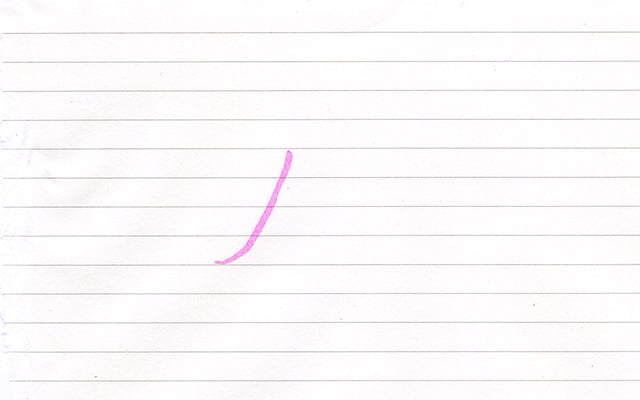
Image source: blog.prepscholar.com
Draw a diagonal, somewhat curved line reaching toward the top of the pair of lines.
READ ALSO: How To Write an Application Letter for Enumerator with no Experience in Nigeria
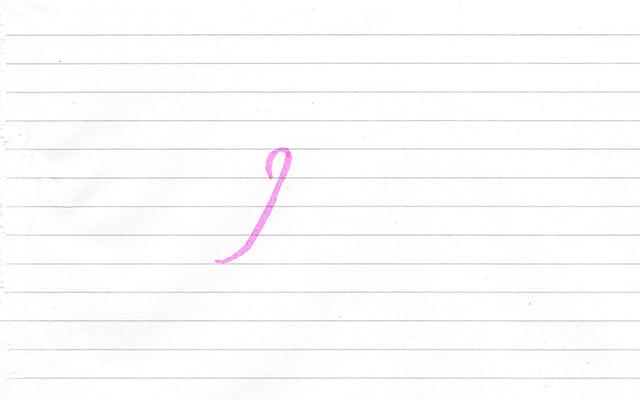
Image source: blog.prepscholar.com
Draw a small loop that will take your pen back to the bottom of the page.
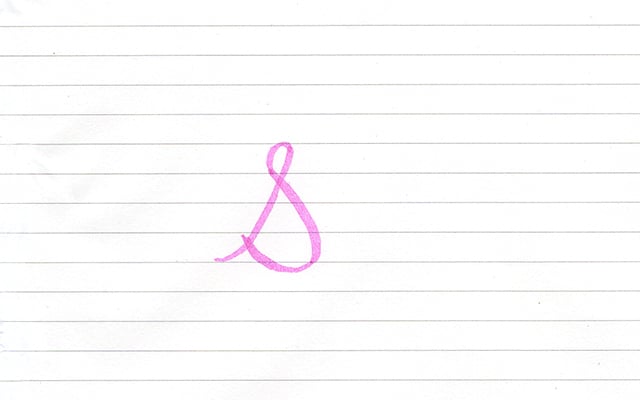
Cross back over the first line while drawing a soft little semi-circle—here you can see the shape of a print s.
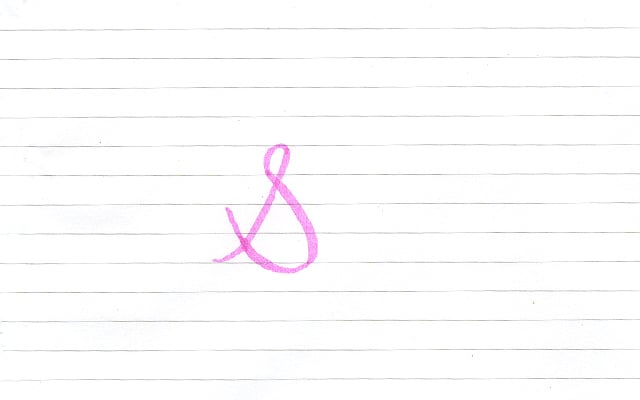
Image source: blog.prepscholar.com
Continue past where you’d normally stop if you were drawing a print s, crossing over your diagonal line.
You may want to see How To Write an Application Letter for Midwife with no Experience in Nigeria
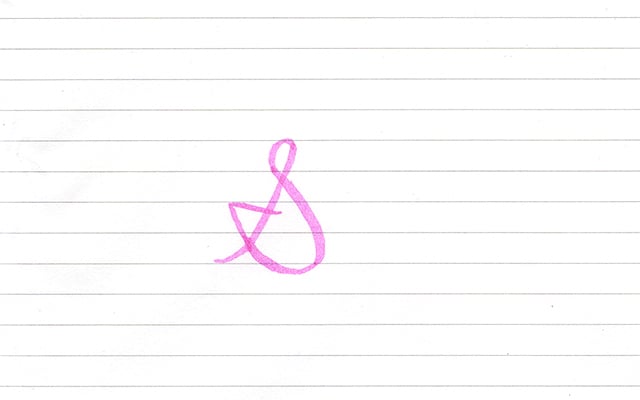
Image source: blog.prepscholar.com
Draw a little hook off to the right, which you’ll use to connect the s to the next letter.
How to Make a Lowercase S in Cursive
Now, try a lowercase s. Though it resembles a small sail, you need to learn to draw it in the proper order so that you can maintain your pace.
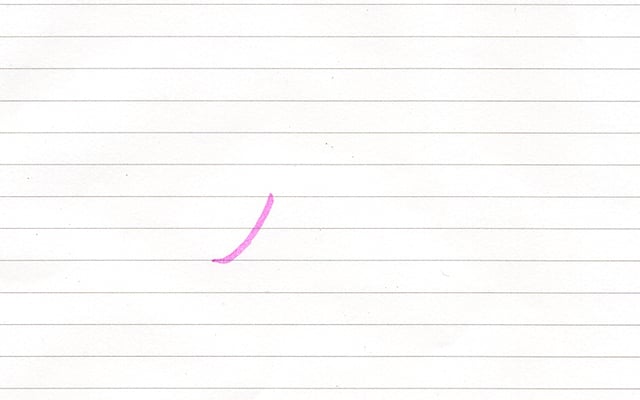
Image source: blog.prepscholar.com
Draw a little ski-jump shape that goes up halfway between your two lines.
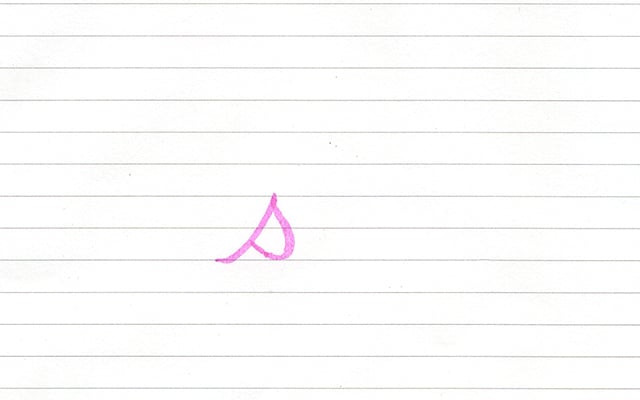
Image source: blog.prepscholar.com
Draw half of a teardrop shape going back down to the bottom line, connecting it to your ski-jump going up.
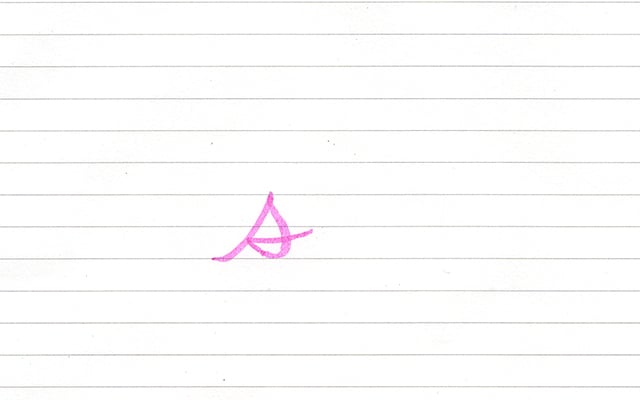
Image source: blog.prepscholar.com
Without picking up your pen, draw a line extending to the side to connect to the next letter.
Different Cursive S
One of the enjoyable aspects of cursive writing is the ability to add a touch of personality. Cursive can be fairly lovely on its own, but adding a touch of calligraphy can elevate it to the next level. Take a peek at these calligraphy-inspired cursive versions!
SEE ALSO: 7 Best Websites To Hire Freelancers For Roman Writing In Africa
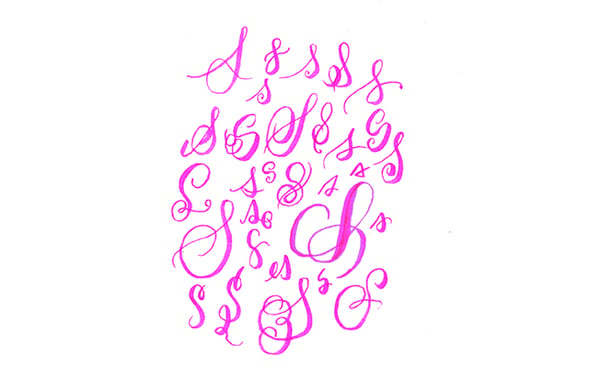
Image source: blog.prepscholar.com
Tips on How To Write an Amazing S in Cursive
If you are still finding it difficult to write great capital s in cursive or lowercase s in cursive, here are a few tips to help.
Don’t Pick Up Your Pen
When writing in cursive, keep your pen on the paper and write fast and efficiently. Though other letters may require you to pick up your pen to dot or cross them, this is not the case with s, so keep that pen on the paper!
Remember That Cursive Is Connected
Cursive letters are almost always connected together to make writing quicker. Both lowercase and capital s in cursive have lines connecting them to the next letter. Don’t forget those lines, or your s won’t look quite right.
Make Letters Your Own
Though it may appear that cursive must be quite accurate to be legible, you may have some freedom to personalize your writing. If you want your lowercase s to look more like a print s, that’s fine! Perhaps you like a little elaboration to make the capital cursive s look even finer. It’s up to you—as long as the fundamental structure is present, people will be able to read your work.
Are you interested in calligraphy writing? check out the 7 Best Websites To Hire Freelancers For Calligraphy Writing In Africa
What Is The Difference Between Cursive and Calligraphy?
Most people learn to write in cursive at school. The goal is to write fast and legibly so that you do not have to take your pen from the page, resulting in characters that are connected.
Calligraphy is the process of drawing letters with certain strokes. The goal is to generate beautiful writing. Although “drawing” is required, you do not have to be an artist. In reality, as long as you can draw some fundamental curved and straight lines, you can practice calligraphy.
In a nutshell, in calligraphy, the strokes are drawn separately and the pen is lifted after each one while in cursive writing, the letter is drawn in one motion without lifting.
FAQs On How To Write A Cursive S
The cursive “S” is characterized by its flowing, connected strokes, which allow it to link smoothly with the letters before and after it. Unlike the print “S,” which is more rigid and standalone, the cursive “S” has a more fluid, rounded shape.
To write a lowercase cursive “S,” start with a small, upward loop from the baseline, curve it back down and around, and finish with a small tail that connects to the next letter. It resembles a small wave or the number “2.”
Practice by writing the letter repeatedly on lined paper, focusing on maintaining consistent size and spacing. Start with the lowercase “S” and move on to the uppercase once you feel comfortable. Watching tutorials and tracing over examples can also help.
Conclusion
Using a smooth-flowing pen, like a gel pen or fountain pen, can make it easier to create the fluid motions needed for a cursive “S.” You need a pen that glides smoothly over the paper to help maintain the continuous flow of the letter.
References
- loveleighloops.com – Cursive vs. Calligraphy: What’s the difference?
- academyworksheets.com – How to Write the Letter S in Cursive Easily
